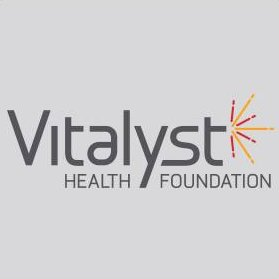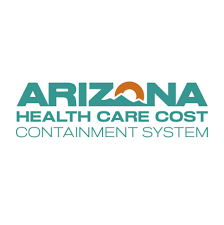Whooping cough, or pertussis, is making a big comeback in 2024. The CDC reports that pertussis cases this year have greatly increased – nearly five times higher than during the same period in 2023.
Whooping Cough Is on the Rise, Returning to Pre-Pandemic Trends | NCIRD | CDC
CDC says the increase is partly due to the lifting of COVID-19 precautions, like mask-wearing and social distancing, which had kept respiratory infections lower than they otherwise would have been. Unfortunately, even people who were vaccinated are at risk because protection from the vaccine fades over time (pertussis is a bacterial disease rather than viral which is partly why vaccine induced immunity fades over time).
Pertussis can infect people of all ages, but infants under one year are the most vulnerable to severe complications, including hospitalization. Most infants contract the illness from close family members, especially older siblings or caregivers who may not even realize they are sick.
That’s why it’s critical for children to follow the recommended vaccination schedule. The CDC recommends that children receive five doses of the DTaP vaccine to protect against pertussis. These doses are given at 2, 4, and 6 months, with booster shots at 15-18 months and again between 4-6 years old. Adolescents should then receive a Tdap booster at 11-12 years old to keep protection.
While this surge is affecting the whole country, Arizona is particularly at risk for larger outbreaks. Vaccination rates among Arizona’s children are way too low. In fact, recent data show that herd immunity against measles, another vaccine-preventable disease, has dropped by half in Arizona kindergartens, signaling broader issues with vaccine coverage.
Herd immunity in AZ kindergartens drops by half
The Vaccines for Children program, which provides free vaccines for uninsured and low-income families, has been hampered by regulatory hurdles, making it harder for providers to participate and get vaccines to the kids who need them most.
Years of Full Court Press Childhood Vaccination Advocacy Pays Off: ADHS Finally Overhauls their Vaccines for Children Policies – AZ Public Health Association
Increasing vaccine hesitancy, paired with these bureaucratic barriers, means more children are vulnerable to diseases like pertussis. Without improving access to vaccines and addressing vaccine hesitancy, Arizona could face even more serious outbreaks in the future.
While AZPHA is encouraged that the Arizona Department of Health Services has revised their policy documents to make their implementation of the Vaccines for Children program less punitive, we remain vigilant to ensure that the critical cultural change at the Agency is underway to actually implement the new policies in good faith.
Time will tell.









